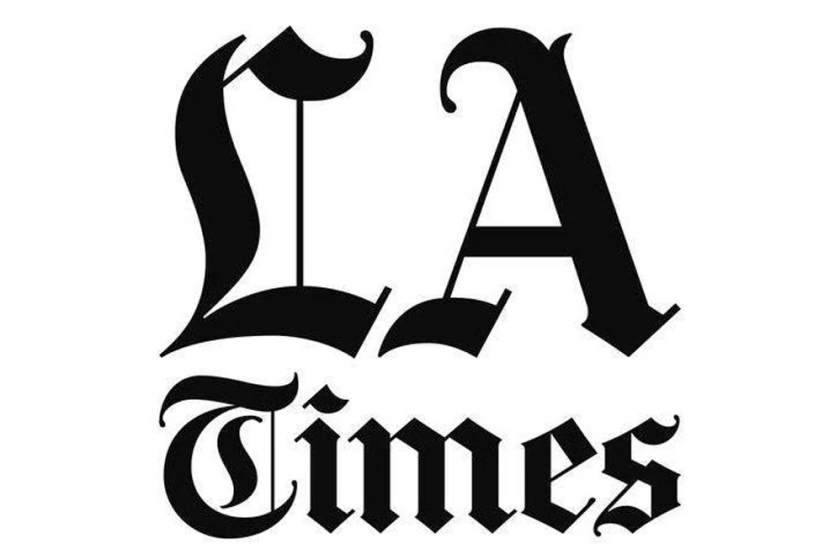Tent City lured visitors to Coronado for 40 years
- Share via
CORONADO — The public will soon get to view a series of 1903 bulletins that offer a rare and detailed account of the beginnings of Coronado’s Tent City, a large summertime campground that sprung up near Hotel del Coronado and attracted visitors from across the nation for four decades.
These Coronado Tent City Daily Programs hearken back to a time when people traveled by rail, then later by automobile, to the resort hotel and its more affordable alternative, Tent City. They were recently donated to the Coronado Public Library by a Realtor who bought them on eBay; library officials hope to have the contents ready for display by January.
“We have a few isolated issues of the program, but this is really unique having a whole” season’s worth, said Coronado library director Christian Esquevin. “It really adds to our collection. There is a good deal of coverage of what was going on at the time.”
Tent City grew quickly — from 300 tents in the first year to more than 1,000 three years later.
Esquevin said some people might assume that Tent City vacationers spent much of their time at the beach or in the tents, but with the discovery of the programs, it’s clear the guests had many options.
They danced at the “Casino” and saw performances at the Pavilion Theatre. Some strolled along a boardwalk that led to a seal tank, ostrich farm and monkey cages. Many likely took in a 10-cent performance of a horse named Cash diving into a pool of water. Cash performed four times a day that summer of 1903.
Tents with striped canvas or thatched roofs were first erected in rows along an empty beach where the towering Coronado Shores condos now sit. Hotel del Coronado owner John D. Spreckels — whose properties included railways, ferry boats and the San Diego Union and San Diego Tribune newspapers — was initially skeptical of Tent City’s prospects for success.
“To be candid, I did not entirely fancy the idea at first, and then for a time I was doubtful of the success of the place. I was somewhat of the opinion that it might detract from the popularity of the resort proper and the hotel,” Spreckels said in a 1903 interview. “But Tent City has … established itself as firmly in my favor as in that of the public.”
A furnished tent for two ran $6 per week and included beds, a washstand, rocking chairs, a lamp, clean linen, towels and water. Guests could have electric lights for an additional $1 per month.
Some tents were more affordable: An unfurnished, 8-by-10-foot tent went for $1.50 to $2.50 a week.
The vacationers’ day-to-day activities were recorded in remarkable detail in the Tent City Daily Programs. Each black-and-white, bound edition was about eight pages long.
In one edition, just below the weather forecast, local concertgoers were admonished for their lack of manners toward a visiting band.
“If Coronado and San Diego audiences were only given to applauding, it would make the entertainers somewhat happier and their work a bit easier perhaps, if they occasionally evinced a little more enthusiasm and appreciation,” the program’s writers noted.
One ad containing the Pavilion Theatre’s bill for the week included a performance by Mr. Harry Wilson, a blackface song-and-dance artist, and LaPinyon, who struck “poses plastique.” Another ad boasted bathing suits for men in “the handsomest styles” for 50 cents and up. Choice steaks were served at Tent City Restaurant for 25 cents a plate. Time tables for Santa Fe and Southern Pacific trains, as well as the Pacific Coast Steamship, were displayed prominently.
For the internationally minded, the recommendation was to travel “just over the line in Lower California,” eat dinner in Tijuana and write to their friends about the experience abroad.
Other excursions were offered, such as fishing trips and jaunts to Point Loma, La Jolla and the backcountry — then Lemon Grove, La Mesa, El Cajon and Lakeside.
Coronado resident Ben Press recalled the many summers in the 1930s that he and his family traveled to Tent City from North Park for a week’s stay. Press, who later became Hotel del Coronado’s tennis pro for 28 years, said being able to read the programs would bring back fond memories.
“One of the things I remember vividly about Tent City was seeing my first black-and-white movie,” said Press, 86, who was awed by the moving pictures. “It was in its infant stage. I still recall that.”
The programs were found on eBay by local historian Joe Ditler and purchased by local Realtor Debbie Riddle, who paid $235. Ditler said he actively looks for examples of Coronado history and was pleased with the discovery.
“History is disappearing everyday in attics, garages and storage facilities,” Ditler said. “People find a box of photographs and don’t know what to do with it. It’s so important for people to find a home for these kinds of things. The Coronado library will take it.”
Suscríbase al Kiosco Digital
Encuentre noticias sobre su comunidad, entretenimiento, eventos locales y todo lo que desea saber del mundo del deporte y de sus equipos preferidos.
Ocasionalmente, puede recibir contenido promocional del Los Angeles Times en Español.




